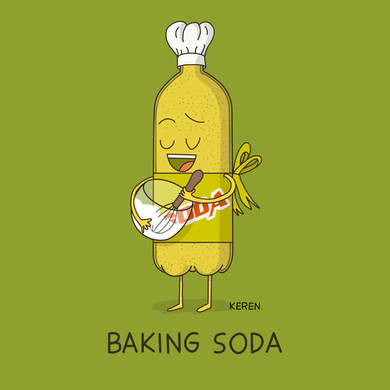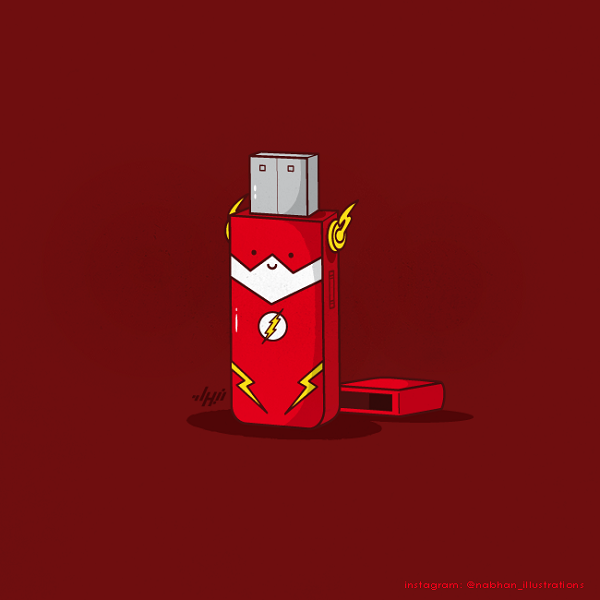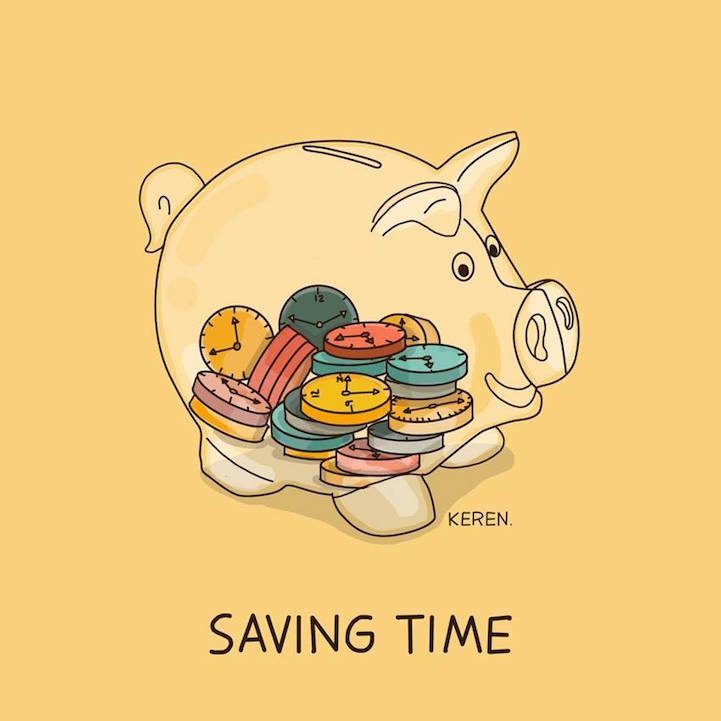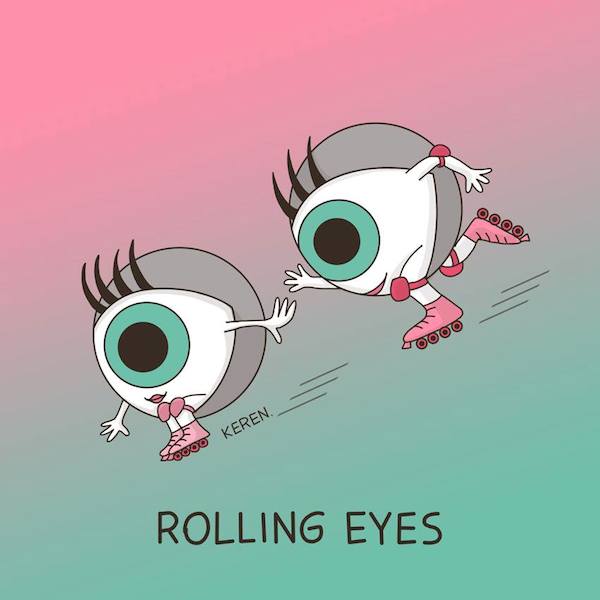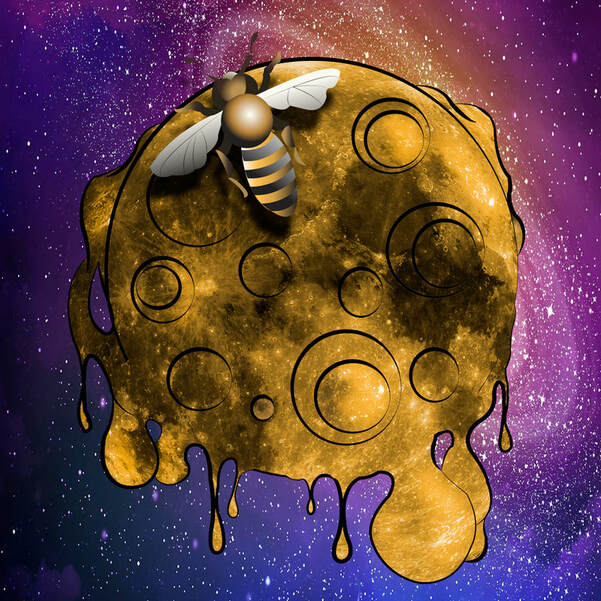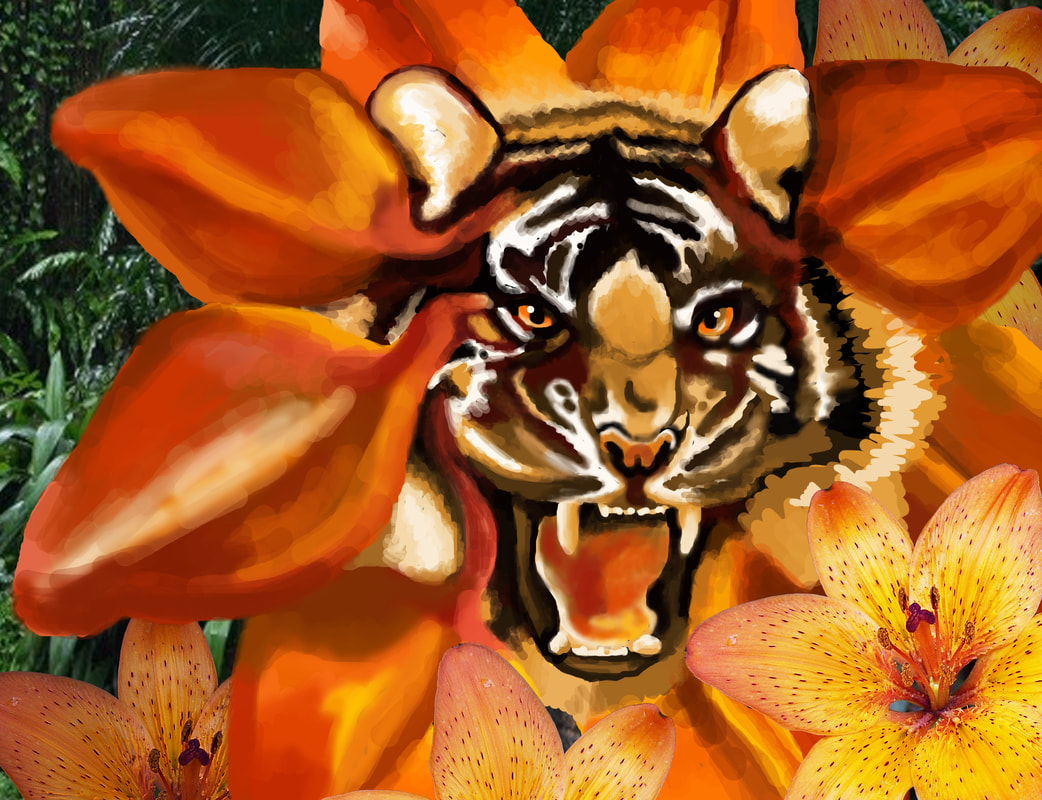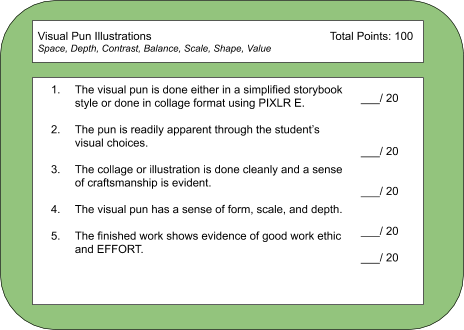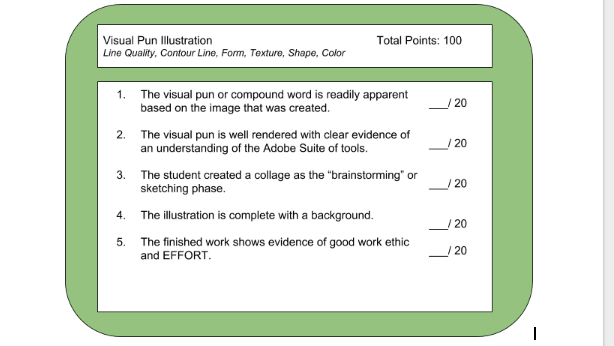|
What is a pun?
What is a compound word?
A compound word is a combination of two or more words that function as a single unit of meaning.
What is an idiom?
|
Keren Rosen
A contemporary Israeli illustrator that has done a series called "Word Game". The inspiration for our project.
A contemporary Israeli illustrator that has done a series called "Word Game". The inspiration for our project.
Need help thinking of idioms and compound words? Follow the links below to helpful lists:
Assignment # 1: Written Assignment
Google doc assignment of these questions on google classroom under the classwork tab!
Google doc assignment of these questions on google classroom under the classwork tab!
- What is a pun?
- Give an example of a pun.
- What is an idiom?
- Give and example of an idiom.
- What is a compound word?
- What are the 3 types of compound words?
- Give an example of a compound word.
- Why are puns so language specific?
- Brainstorming time: What are 2 different ways you could visually represent the word “angelfish?”
|
Assignment # 2: Visual Pun Collage
You are to choose an idiom, pun or compound word and represent it visually. It must include the following:
REMEMBER! This is supposed to be fun! Witty, tongue in cheek humor. Get silly with it! Video Explanation of Project: PIXLR (you can use Photoshop to do this if you want!)
|
|
Reflection Questions- Google doc assignment on google classroom in the classwork tab
|
